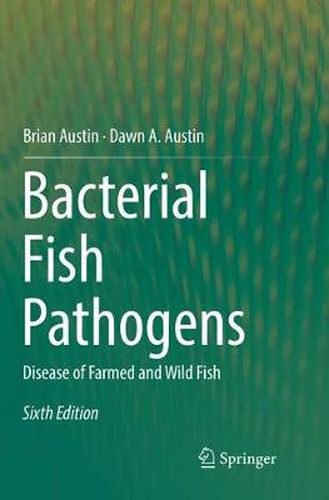Readings Newsletter
Become a Readings Member to make your shopping experience even easier.
Sign in or sign up for free!
You’re not far away from qualifying for FREE standard shipping within Australia
You’ve qualified for FREE standard shipping within Australia
The cart is loading…






This book puts emphasis on the isolation, taxonomy, diagnosis (phenotypic, serology and molecular biology), epizootiology, pathogenicity mechanisms, and methods of disease control (by vaccination, immunostimulation, probiotics, prebiotics, plant products, and antimicrobial compounds. Co-infections, which are attributed to more than one microbial species have been discussed. Shortcomings in knowledge have been highlighted. This sixth edition is the successor to the original version, first published in 1987, and which fills the need for an up-to-date comprehensive text on the biological aspects of the bacterial taxa which cause disease in finfish.
The book is primarily targeted at researcher workers, including postgraduate students, and diagnosticians. It is anticipated that the readership will include veterinary microbiologists, public health scientists and microbial ecologists.
$9.00 standard shipping within Australia
FREE standard shipping within Australia for orders over $100.00
Express & International shipping calculated at checkout
This book puts emphasis on the isolation, taxonomy, diagnosis (phenotypic, serology and molecular biology), epizootiology, pathogenicity mechanisms, and methods of disease control (by vaccination, immunostimulation, probiotics, prebiotics, plant products, and antimicrobial compounds. Co-infections, which are attributed to more than one microbial species have been discussed. Shortcomings in knowledge have been highlighted. This sixth edition is the successor to the original version, first published in 1987, and which fills the need for an up-to-date comprehensive text on the biological aspects of the bacterial taxa which cause disease in finfish.
The book is primarily targeted at researcher workers, including postgraduate students, and diagnosticians. It is anticipated that the readership will include veterinary microbiologists, public health scientists and microbial ecologists.